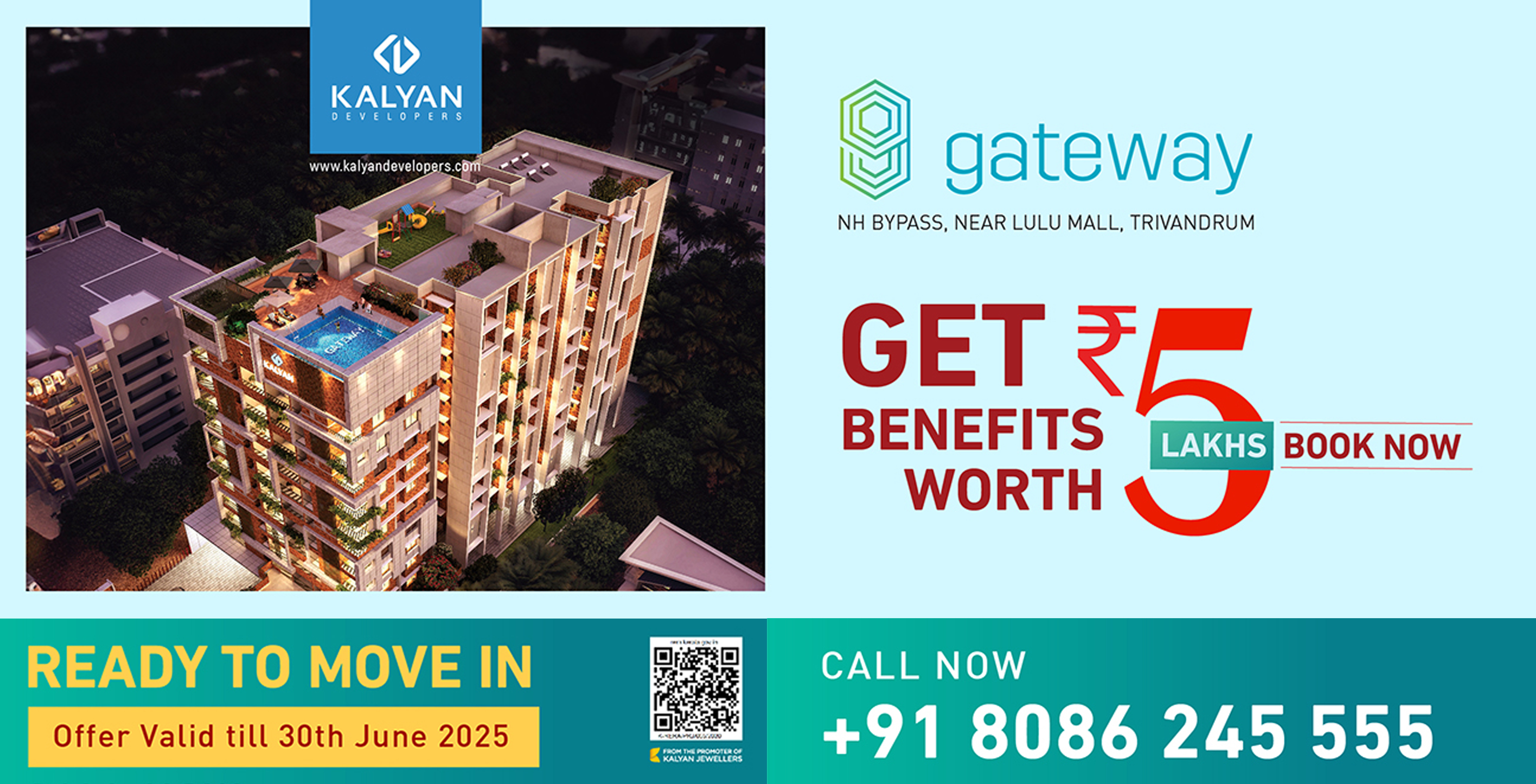Headlines
Bad loans exposing distress among Indian banks (News Analysis)

Chennai, Feb 11 The distress in India's banking system is becoming evident by the day with more of these financing institutions reporting poor results in the third quarter of this fiscal, amid mounting bad loans. What is more, the stress is more pronounced in state-run banks.
"Such reporting of losses by the Indian banks is unprecedented. The trend is clear -- unfortunate that several public sector banks are posting negative results and wiping out the equity," Saswata Guha, director of financial institutions at Fitch Ratings, told IANS.
Technically called non-performing assets, or NPAs, with only some subtle differences, the finance ministry's own assessment is that these are growing -- even though they are equally feared to be grossly under-estimated.
Guha expects the Indian banking sector to close this fiscal with a NPA of around a whopping Rs.4 trillion and total stressed assets of around Rs.9 trillion.
On Thursday, the trend of state-run banks declaring low profits or losses and the ever-ballooning provisions and NPA continued. The index for state-run banks of the National Stock Exchange fell 3.17 percent and that of the Bombay Stock Exchange was down3.81 percent.
In the past year, BSE's banking index of Bombay Stock Exchange (BSE) has taken a 67 percent hit. In the case of Punjab National Bank, for example, the stock is down 58 percent, while for State Bank, it is down 52 percent.
Reserve Bank of India (RBI) Governor Raghuram Rajan sought to assuage the feelings. "The decline in bank share prices caused investors to panic. Bank share prices are being hit by the global markets turmoil," Rajan said.
"We're looking at banks having clean and fully provisioned balance sheets by March 2017. Banks are using tools devised to clean up their balance sheets." Yet, Guha said government banks are aggressive on write-offs but not on recovery -- not even a fifth of the write-offs.
Fitch Ratings' Guha said the NPA levels do not seem to have plateued and may not go up sharply in the coming quarters. By 2017, it is expected that the balance sheets will become cleaner. The earnings outlook is also more daunting and the pain may continue during the next year.
"For government banks, the revenue is mainly from interest on loans whereas the private bank’s revenue stream is diversified,†Guha said, adding He said it is not that the private banks are immune to NPAs but their credit risk management is better than government owned banks.
Rajan said there was hope. “Change in attitude in the banking system takes time as banks try to unlock the value of their NPAs. But the end-game is in sight. We don't envisage a further set of AQRs (asset quality review) and new loans that require to be dealt with.Ââ€
Rajan said public sector banks' non-core credit grew at only 6.6 percent, while the same for the private sector was over 20 percent. The only reason for this is of managing stressed assets and some resulting risk aversion because of which public sector banks have curtailed lending.
“We have to clean up banks balance sheets to restore growth."
Going by the finance ministry, the NPA Ratio of banks -- net exposure versus bad loans -- rose from 3.42 percent as on March 2013 to 4.62 percent as on the same month of last year. And in absolute terms, the ministry pegs it at Rs.1,83,854 crore versus Rs.3,09,409 crore.
Take the case of Punjab National Bank. Announcing the third quarter results, it said NPAs stood at Rs.22,983.40 crore on December 31, 2015, against Rs.13,787.76 crore in the like period of the previous fiscal -- up a whopping 66 percent.
And State Bank of India (SBI), the country's largest lender? The NPA at Rs.72,792 crore was 17 percent higher than Rs.61,991.45 crore at the end of December 2015, and 28 percent up from Rs.56,834 crore at the end of the quarter ended September 2014.
But the RBIÂ’s Rajan has rubbished the suggestions that the NPA ratio could be at alarming levels.
"I think the 17 percent, 18 percent numbers maybe a little on the high side. But broadly speaking I think we should also be careful about treating any stressed asset as a total write-off," he had told reporters earlier this month.
According to Guha, the next issue for state-run banks is the capital infusion. The government has said fresh capital infusion from the government will be based on good performance. “Our estimate is that the government infusion is sufficient,†Rajan said.
In the final analysis, Guha feels the situation may be ripe for consolidation in Inia's e banking sector. "Let's see if the government bites the bulle

1 hour ago
Susie Wiles rejects Vanity Fair profile, defends Trump White House

3 hours ago
PM Modi’s Jordan visit opens new chapter in bilateral business ties: Industry leaders

9 hours ago
Local body poll verdict signals voter pushback against CM Vijayan’s rule in Kerala

9 hours ago
Vellappally's ride in CM Vijayan's car sparks political flurry in Kerala

9 hours ago
Amitabh Bachchan’s granddaughter Navya pays tribute to war hero Arun Khetarpal on Vijay Diwas

9 hours ago
Abhishek Bachchan calls Agastya Nanda’s dedication to portraying Arun Khetarpal ‘commendable’

9 hours ago
‘Aawaz kaha tak jaani chahiye? Lahore tak!’ sets tone as ‘Border 2’ makers unveil teaser

9 hours ago
When Kichcha Sudeep interchanged seats with actress Roshini Prakash at the pre-release event of 'Mark'!

9 hours ago
Ashutosh Rana expresses pride as wife Renuka Shahane bags two recent awards

9 hours ago
President Murmu inaugurates photo gallery dedicated to 21 Param Vir Chakra awardees

9 hours ago
Oppn storms LS over MGNREGA name change, Priyanka Gandhi flags threat to employment guarantee

9 hours ago
PM Modi invites Jordanian firms to partner India, create robust economic corridor

9 hours ago
'Don't understand the obsession with changing the name': Priyanka Gandhi on renaming of MGNREGA
























